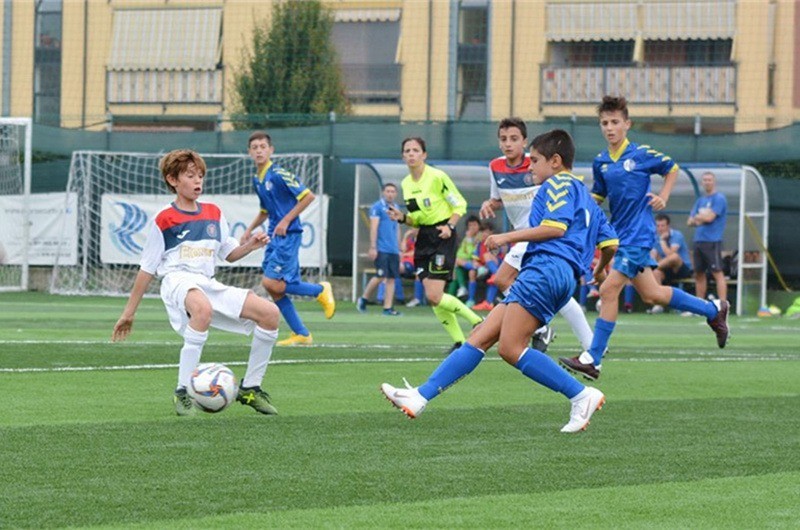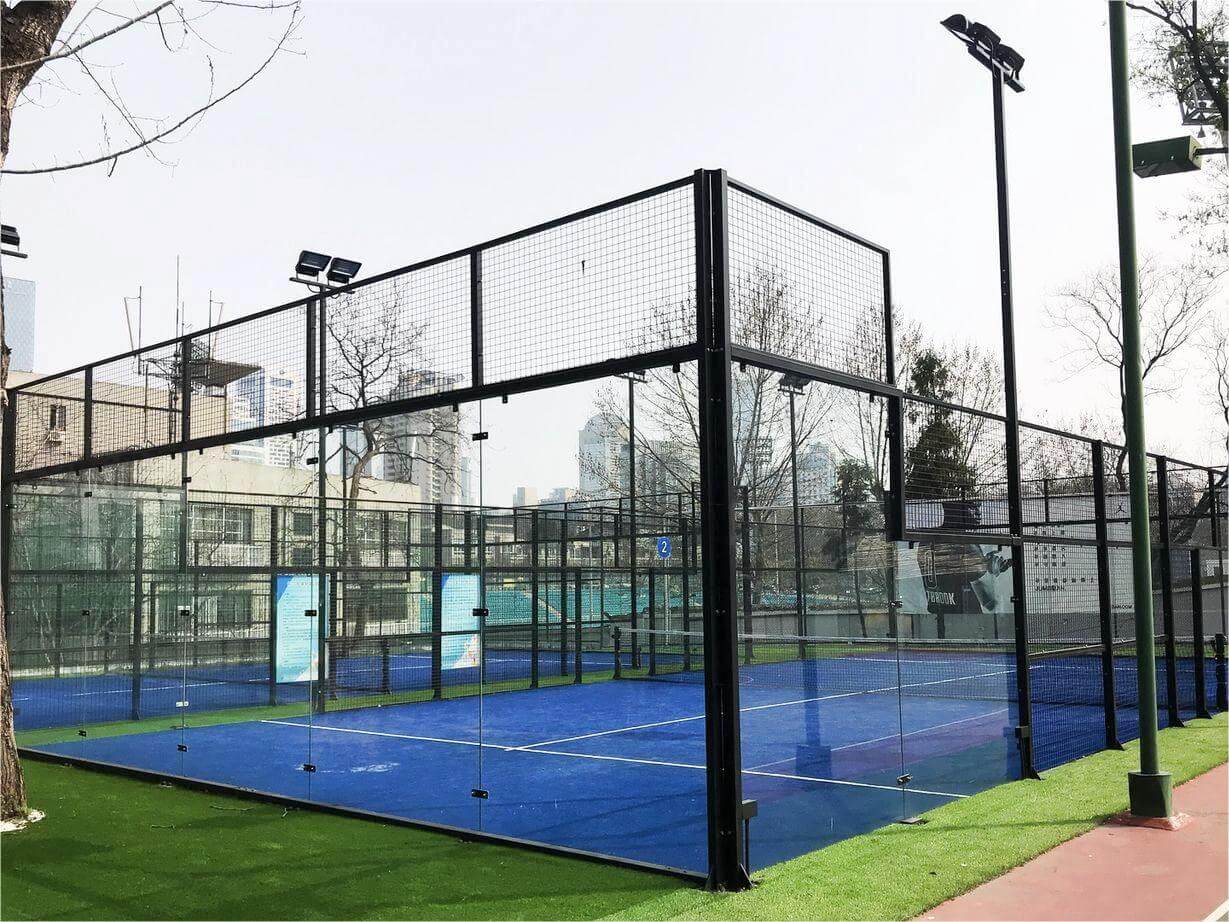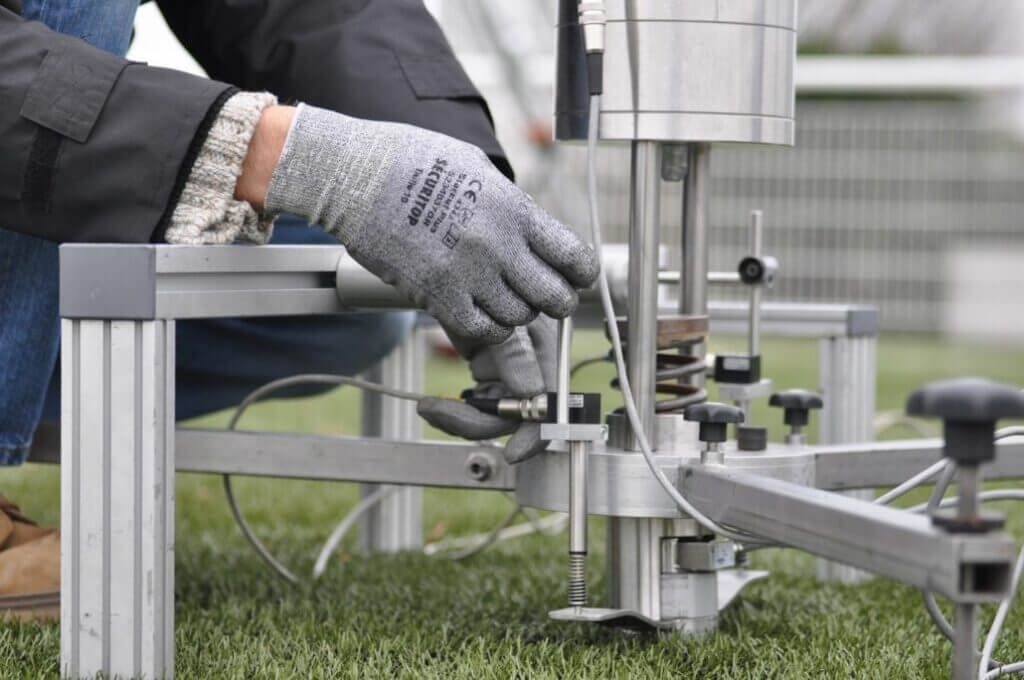In 2001, FIFA conducted comprehensive testing on synthetic grass, evaluating ball characteristics, heat development, shock absorption, and wear and tear. This testing program paved the way for FIFA (Fédération Internationale de Football Association) and UEFA (Union of European Football Associations) to officially approve synthetic football turf, ushering in a new era for the sport. Synthetic turf is gaining increasing popularity across various levels of play due to its numerous advantages.
Consistency and Performance:
One of the key reasons FIFA and UEFA have embraced synthetic turf is its ability to provide a consistent playing surface. Unlike natural grass, which can deteriorate due to weather or heavy use, synthetic turf offers a reliable and uniform surface that ensures fair competition and enables players to perform at their best.
Durability and Low Maintenance:
Designed to withstand intensive use, synthetic turf is highly durable and can endure matches, training sessions, and non-football events without significant wear and tear. Additionally, synthetic turf requires less maintenance compared to natural grass fields, resulting in reduced costs and effort associated with upkeep.
Weather Resistance:
Synthetic turf remains unaffected by extreme weather conditions, making it a reliable choice for year-round play. Unlike natural grass fields that may become unusable due to heavy rain or scorching heat, synthetic turf offers consistent playability regardless of the climate, making it particularly suitable for regions with challenging weather patterns.
Increased Playing Opportunities:
The approval of synthetic turf by FIFA and UEFA has expanded playing opportunities for teams and communities. Synthetic fields can be used more frequently due to their durability and resistance to damage, resulting in longer playing hours and increased access to football facilities. This promotes the growth and development of the sport at all levels.
Accessibility and Inclusivity:
Synthetic football turf addresses accessibility concerns by providing a consistent playing surface that accommodates players of all abilities. It reduces the risk of injuries and can be equipped with adaptive features, such as wheelchair-friendly access, ensuring inclusivity for individuals with disabilities.
In conclusion, the official approval of synthetic football turf by FIFA and UEFA represents a significant milestone in the evolution of the sport. The benefits of synthetic turf, including consistent performance, durability, low maintenance, weather resistance, and increased playing opportunities, have contributed to its growing popularity. As more stadiums and football associations embrace synthetic turf, football becomes more accessible, enjoyable, and sustainable for players and fans worldwide.




